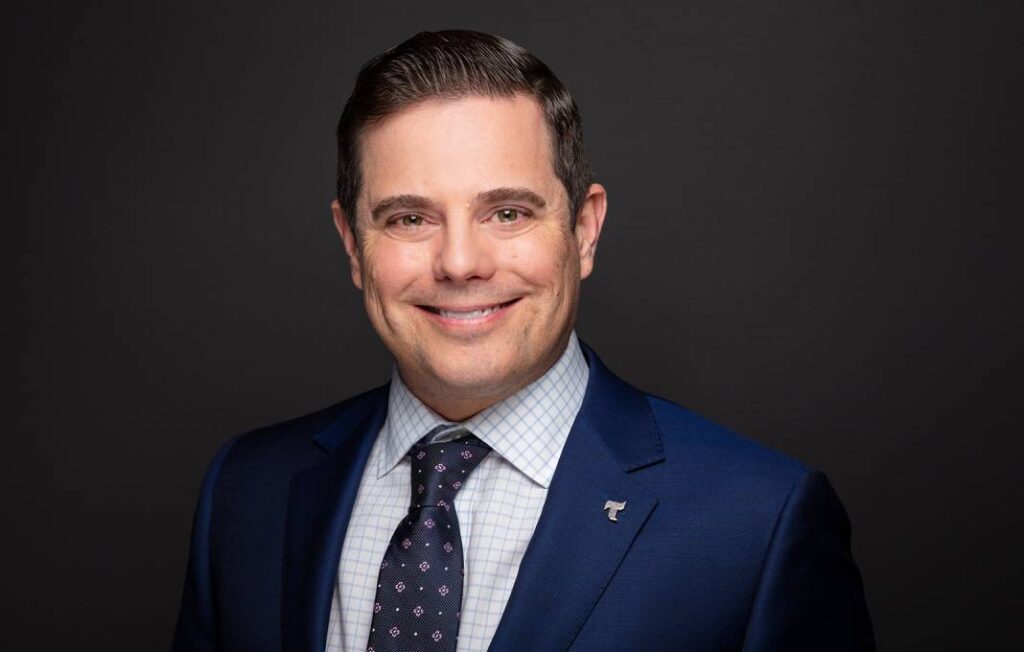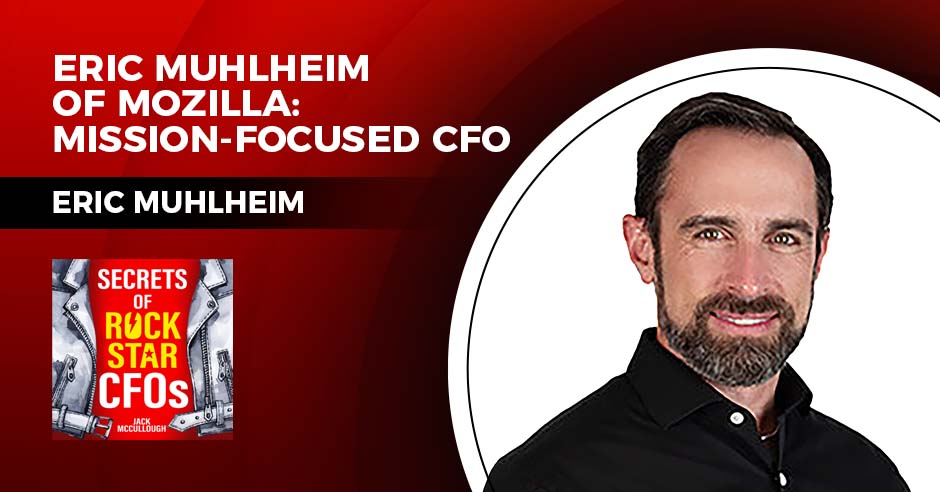There may be no catalog more granular than Grainger’s. The $15 billion distributor of goods for maintenance, repair and operations offers at least 1.6 million SKUs of goods big and small that are meant to help companies keep the lights on and the lines running, from diesel generators to tool cabinets, from battery-recycling kits to factory-floor fans.
Yet Naren Sinha’s job is to help keep this extremely complex data landscape in order while at the same time embracing an increasingly strategic role as vice president of finance for the Lake Forest, Illinois-based company, and head of finance for the Grainger Business Unit.
“It’s moving from just a transactional reporting function and a controls function, both of which are very important, more to being a strategic thought partner with the business and also providing very deep analytical insights on the business,” Sinha, who joined Grainger about 18 months ago from a 20-year finance career at Sears, tells StrategicCFO360.
Working with Grainger corporate senior vice president and CFO Deidra Merriwether, and others, Sinha oversees “a team of finance members working throughout the operations of the company,” he says. The recently formed Grainger Business Unit merged all commercial functions for the Grainger brand in North America into a single organization meant to “drive profitable share gain and exceptional customer solutions across geographies,” the company said in a press release.
“My role is to support a high-touch model that supports our larger and more complex customers in North America,” says Sinha. “These embedded finance professions play a very key role in the day-to-day support of our business and also partner with the business in strategic discussions.”
‘Keeping the World Going’
At the same time, Sinha keeps his eye on the even bigger picture for Grainger, an iconic company in the global industrial-distribution business whose “purpose is to keep the world working,” as he puts it. “What that means is, when customers need something to keep operations going, it’s critical to deliver what they need and to do it very quickly. Having a very nimble supply chain that can quickly deliver is critical.”
Sinha quickly became part of the Grainger brain trust that had to work through immense supply-chain snarls during the pandemic. “The impact from the availability standpoint had implications for the supply-chain perspective. [It] had a material impact on the business,” Sinha recalls.
“But we worked very closely with a very broad number of suppliers, across our supplier base, to maintain the best product available in difficult times for the business. We leveraged a very robust supply chain to react to those challenges—for instance, having a product sent to a customer from a distribution center that was slightly further away from a primary distribution center. Or that might mean multiple shipments connected to one order. That had an impact in terms of freight rates in general going up. Couple that with increased freight costs, meaning that the entire industry was operating in an extremely high-inflation environment.”
Over the last several months, supply-chain snarls and wholesale inflation have moderated significantly, helping contribute to Grainger’s first-quarter financial performance, which included a 12 percent increase in sales and a 27 percent increase in operating earnings. Chairman and CEO D.G. Macpherson specifically cited gross profit margins expanding in the High-Touch Solutions N.A. segment “primarily due to freight and supply-chain efficiencies, as well as continued favorable product mix.”
But the company’s recent gains haven’t completely eased one of the fundamental challenges Sinha faces. “Like all businesses, we continue to focus on finding that right balance between price and cost, between maintaining profitability and also strong continued growth, and staying market-relevant from a pricing perspective. It’s a constant balancing act that the entire organization has to manage efficiently including pricing, merchandising, front-line sales, analytics and finance, as well as the supply chain.”
Sinha’s preparation for his role at Grainger included more than two decades with Sears, beginning in roles in corporate departments including treasury and moving on to operational finance roles supporting merchandising, supply chain, technology and operations. Before he left the fading company, which once reigned as America’s largest retailer, Sinha had risen to senior-level leadership in corporate and operational finance roles.
“Supporting the business and in corporate roles [at Sears] has lent itself to being able to provide a lot of value in my role” at Grainger. “I learned how to look at the performance of a business and make sure you have not just the right high-level views of performance but also granularly. How do you perform across different customer and product segments?
“That was the overarching tenet: really getting into the details of data can help us with the performance of the business.”
At Grainger, Sinha is helping drive a continuing transformation based on better gathering, analysis and harnessing of data. “It requires having a finance organization that is skilled in terms of managing very big data sets,” Sinha says. “Specifically, while Excel is still foundational to what finance professionals use on a daily basis, more and more there is a need to have folks skilled in different programming languages and different technology platforms, like Tableau, that can manage these large data sets and give you detailed views of product and customer performance. The average result might tell you one thing, but when you look at the details of the data, you find some insights that are helpful with the business,” he says, which may include “that a certain customer segment isn’t performing as well as we expected it to on a year-to-year basis, or by geography.”
Scenario Planning
At the same time, he stresses, Grainger uses data “to focus a lot of our time on scenario planning. Running those various scenarios helps us plan how we might need to run the business based on different outcomes.” And because Grainger “is growing significantly from a volume perspective,” Sinha says, “it’s a constant focus of the supply-chain team to look at what we need to do from an investment standpoint for additional capacity needs.”
Grainger is including more investments in automation in its distribution centers as its business volume continues to grow and, like most other U.S. companies, it’s faced with labor-market constraints. “We have automation to a certain extent, but automation continues to evolve,” Sinha says.
Settling into the financial brain trust at Grainger also has given Sinha the opportunity to appreciate that the company culture is continually recognized as a great place to work by third-party evaluators. “In addition to being a leader in finance, it’s important for me to work somewhere that’s a great company as a whole,” he says.








